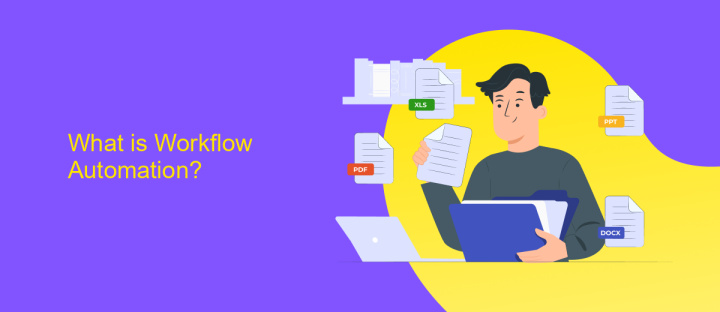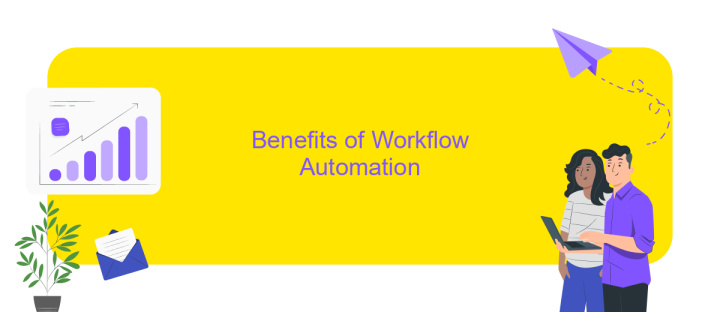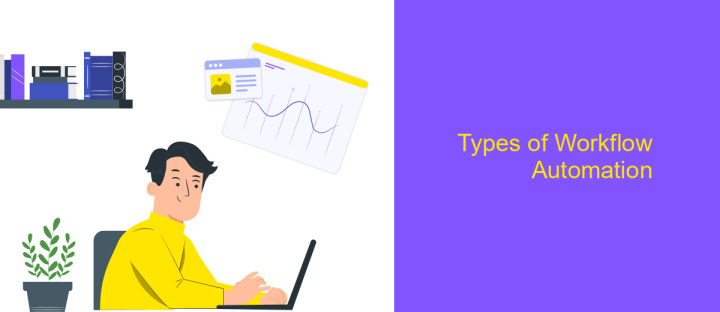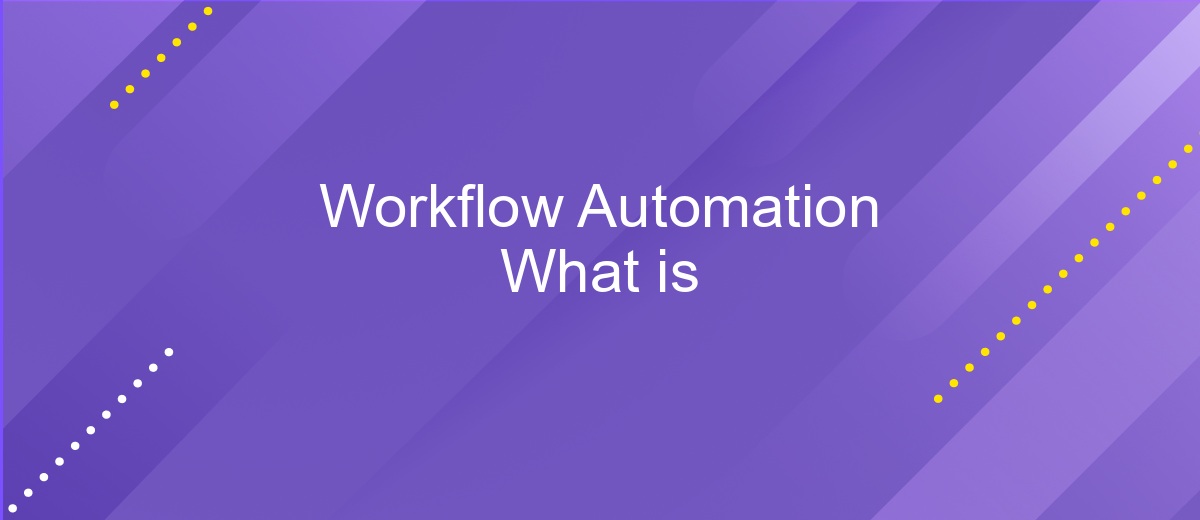Workflow Automation What is
Workflow automation refers to the use of technology to streamline and automate complex business processes, reducing the need for manual intervention. By implementing workflow automation, organizations can enhance efficiency, minimize errors, and save valuable time. This article explores the fundamentals of workflow automation, its benefits, and how it can transform everyday business operations for better productivity and growth.
Introduction
Workflow automation is a powerful tool that streamlines repetitive tasks, allowing businesses to operate more efficiently. By automating routine processes, companies can save time, reduce human error, and focus on more strategic activities. This not only improves productivity but also enhances overall business performance.
- Reduces manual effort
- Minimizes errors
- Increases efficiency
- Improves consistency
- Frees up time for strategic tasks
One of the key aspects of workflow automation is the integration of various tools and services. Platforms like ApiX-Drive make it easy to connect different applications, enabling seamless data flow and coordination. By leveraging such services, businesses can ensure their workflows are not only automated but also well-integrated, leading to smoother operations and better outcomes.
What is Workflow Automation?

Workflow automation refers to the use of technology to streamline and automate complex business processes. By automating repetitive tasks, businesses can increase efficiency, reduce errors, and free up valuable time for employees to focus on more strategic activities. Workflow automation tools often integrate with various software applications, enabling seamless data transfer and communication between different systems.
One such tool is ApiX-Drive, which helps businesses set up integrations without the need for coding skills. With ApiX-Drive, users can automate workflows by connecting different applications and services, ensuring that data flows smoothly across platforms. This not only saves time but also minimizes the risk of human error, making workflow automation an invaluable asset for modern businesses.
Benefits of Workflow Automation

Workflow automation offers numerous advantages for businesses looking to streamline their operations and improve efficiency. By automating repetitive tasks, organizations can save valuable time and resources, allowing employees to focus on more strategic activities.
- Increased Productivity: Automation reduces the time spent on manual tasks, increasing overall productivity.
- Error Reduction: Automated workflows minimize human errors, ensuring more accurate and reliable outcomes.
- Cost Savings: By reducing the need for manual labor, businesses can lower operational costs.
- Improved Compliance: Automated systems help ensure that processes adhere to regulatory requirements.
- Enhanced Collaboration: Automation tools facilitate better communication and collaboration among team members.
Additionally, integrating various applications and services through platforms like ApiX-Drive can further enhance workflow automation. ApiX-Drive allows businesses to connect different software systems seamlessly, ensuring smooth data flow and reducing the need for manual data entry. This not only saves time but also improves data accuracy and consistency across the organization.
Types of Workflow Automation

Workflow automation streamlines and simplifies repetitive tasks, enhancing efficiency and reducing human error. Different types of workflow automation cater to various business needs and processes.
One common type is task automation, which focuses on automating individual tasks within a workflow. This can include everything from sending emails to updating databases. Another type is process automation, which automates entire business processes, such as order processing or customer onboarding.
- Task Automation: Automates specific, repetitive tasks.
- Process Automation: Automates end-to-end business processes.
- Integration Automation: Connects different software and systems to work seamlessly together.
Integration automation is particularly useful for businesses that use multiple software solutions. Tools like ApiX-Drive can help set up integrations between different applications, ensuring smooth data flow and reducing manual data entry. This type of automation not only saves time but also minimizes the risk of errors, making it a valuable asset for any organization.


How to Implement Workflow Automation
Implementing workflow automation begins with identifying the repetitive tasks that consume valuable time and resources. Start by mapping out your current processes and pinpointing areas where automation can bring the most benefit. Once you've identified these tasks, select a suitable automation tool that aligns with your business needs. ApiX-Drive, for example, offers a user-friendly platform to integrate various applications and automate workflows without requiring extensive coding knowledge.
Next, configure your chosen automation tool to handle the identified tasks. This involves setting up triggers and actions that will automatically execute when specific conditions are met. For instance, you can automate data transfers between your CRM and email marketing software using ApiX-Drive’s seamless integrations. Test the automated workflows thoroughly to ensure they function correctly and make necessary adjustments. Finally, monitor the automated processes regularly to optimize performance and make improvements as needed, ensuring your workflow automation continues to deliver maximum efficiency.
FAQ
What is workflow automation?
How does workflow automation benefit a business?
What types of tasks can be automated?
What tools are available for workflow automation?
How do I get started with workflow automation?
Do you want to achieve your goals in business, career and life faster and better? Do it with ApiX-Drive – a tool that will remove a significant part of the routine from workflows and free up additional time to achieve your goals. Test the capabilities of Apix-Drive for free – see for yourself the effectiveness of the tool.

